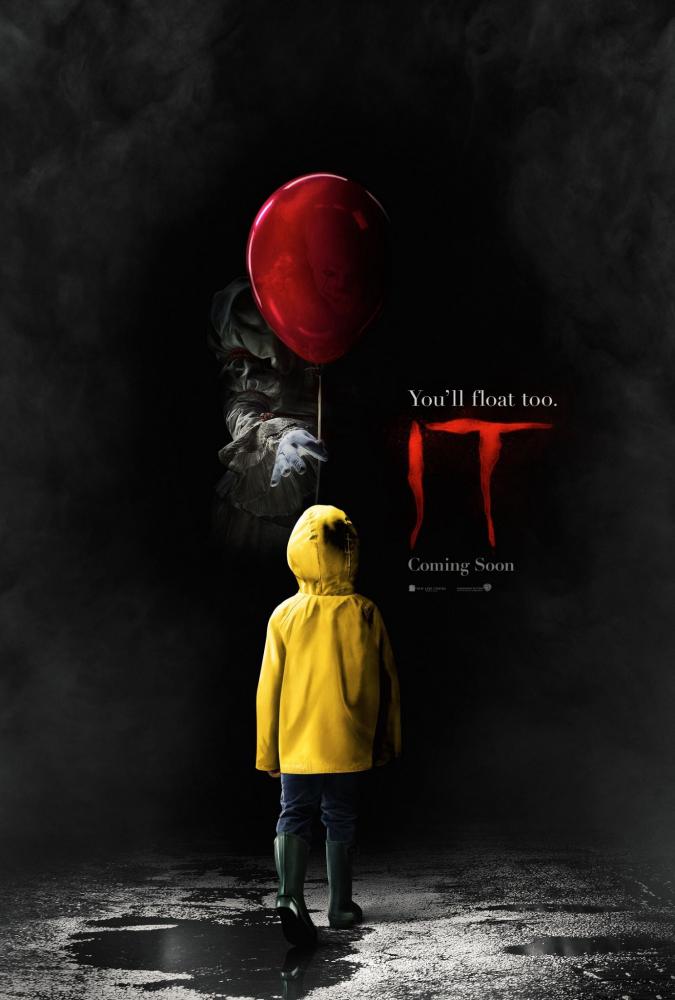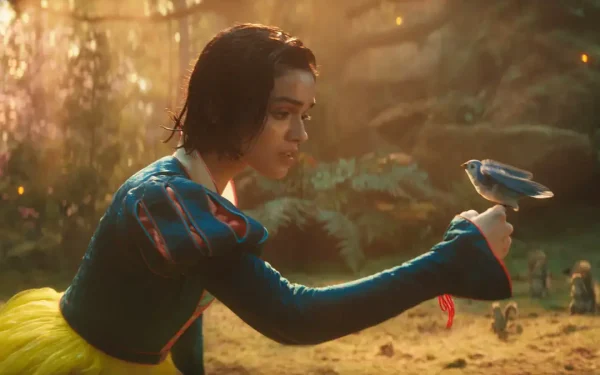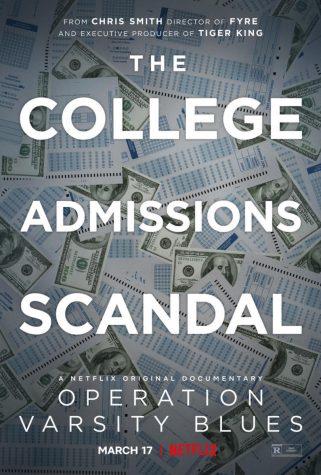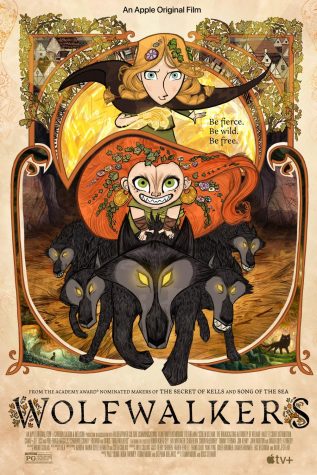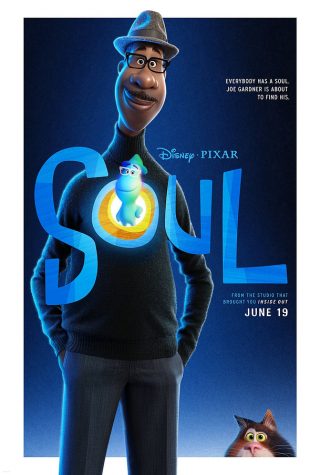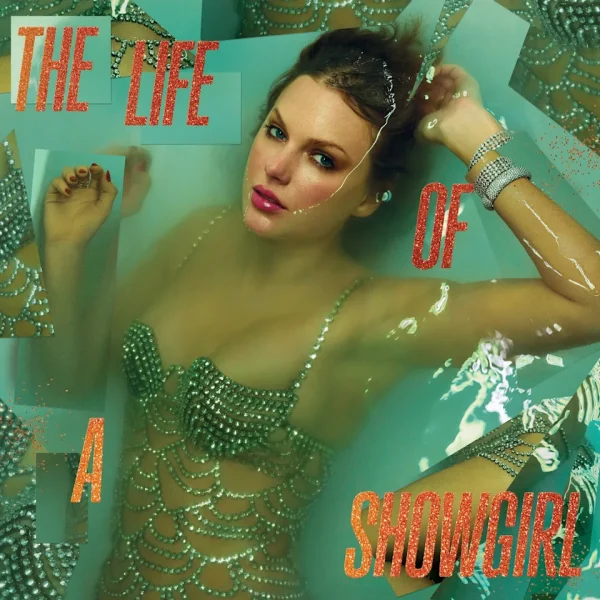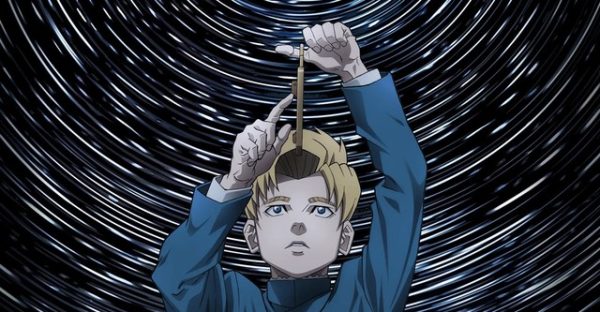“It” can’t keep plot afloat
The first scene in the “It” movie was horrifying, well done and strikingly familiar. For anyone who knows the story of “It”, whether from the book or the 1990 mini-series, a little boy in a raincoat chasing a paper boat down a street has become not only an iconic image but a chilling one for anyone who knows the ending of the boat’s maiden voyage. For old and new fans alike, the new adaptation executed this scene perfectly, bringing the perfect mixture of exposition, childhood cheer, and eerie horror. Unfortunately, the movie, much like the paper boat, soon goes down the drain.
Almost immediately, the movie becomes rushed and unfocused. Despite breaking the 1,200 page book into two movies, “It” had a lot to cover in just a couple hours. Sometimes, this can be pulled off without sacrificing the basic values of the books. “It” was not one of those times. In addition to dramatically changing the plot, the movie included an odd and dysfunctional collection of scenes. Chase scenes and unconnected monster fights dissolve an iconic Stephen King storyline into nothing more than a series of meaningless jump scares.
The main monster of the movie, a clown known as Pennywise (Bill Skarsgard), can transform into the biggest fears of whoever is currently fighting it, often preceded by the image of a red balloon. This concept has the potential to be terrifying, especially with so many children to demonstrate fears. Had the movie displayed the seven most common fears as the fears of the characters, nearly everyone in the theatre would have been screaming. Instead, the fears of the characters are oddly specific. Some, like Bill’s obsession with the ghost of his brother make sense, and pull out the most emotional side of the movie. Other’s, like Stanley’s strange fear of the woman from an abstract painting, are both nonsensical and unrelatable. It was fears like Stanley’s that take what could have been a chilling movie and turning it into an almost comedic representation of a chilling story.
The comedy may have been fine had it not felt so out of place. The main villain did take the form of a clown after all. But with all the dark scenes and clear attempts to maintain a dark tone, the absurd scenes feel out of place. Taking either a horrific or comedic tone could have worked nicely, but the lopsided and nonsensical mixture of the two just left the movie feeling unfocused.
Meanwhile, the relationships between the characters remain vague and undeveloped. At times the group displays the trust and friendship that set their club of seven apart, but other scenes show them doubting each other and arguing. In one scene, their leader, Bill Denborough (Jaeden Lieberher), not only argues with the other members of the group, but resorts to violence. In a story about kids growing up, conflict within the group makes sense, but the movie means to show how their bravery and friendship can defeat a true evil–the shapeshifting monster that terrorizes the main characters, and the entire town throughout the movie. Few scenes show the group without any conflict, and it’s hard to connect to characters who can’t even connect with each other.
The lack of relationships is not the fault of weak characters. Despite little time for introductions, the movie develops the personalities of each child to an impressive degree. Through excellent casting, and almost unnoticeable touches, the movie creates strong characters. This makes it all the more tragic that they can’t form relationships. Multiple times, Beverly (Sophia Lillis)is both brave and strong, but all the boys can see is that she’s a girl. They like her because she’s pretty, and more than one boy has a crush on her, but no one seems to notice or care that she has faced and survived both bullying at school and abuse at her own home. “It” should be able to see beyond stereotypes and allow Beverly to take her place as a full member of the group.
Relationships between the boys of the group aren’t much better. Bill Denborough, their undeniable leader, drags the group through dangerous situations, and the others resent him for it. Denbrough faced the death of his brother early in the movie, and turns the fight against Pennywise into a fight to avenge his little brother. The way he treats the others dissolves the group, and the way they treat him in return makes the idea of the children as enemies seem more likely than the idea of them as friends.
Despite the conflict within the group, the idea of them working together is meant to drive the movie. At one point, Beverly asserts that they only survived because they were all there together. It might have made sense had their been any meaningful connection between the six of them.
Without any real connections, the original story Stephen King told quickly falls apart, and no discernible plot steps in to take its place. Originally a story of childhood fears, friendship, and the strength of belief, the 2017 “It” movie boiled a Stephen King masterpiece into an incoherent series of monsters, bullies and fight scenes. Other than the characters and the opening scene, the movie hardly resembles the book, and “It” babbles its way through a story it doesn’t have time for.
Your donation will support the student journalists of Hagerty High School. We are an ad-free publication, and your contribution helps us publish six issues of the BluePrint and cover our annual website hosting costs. Thank you so much!

